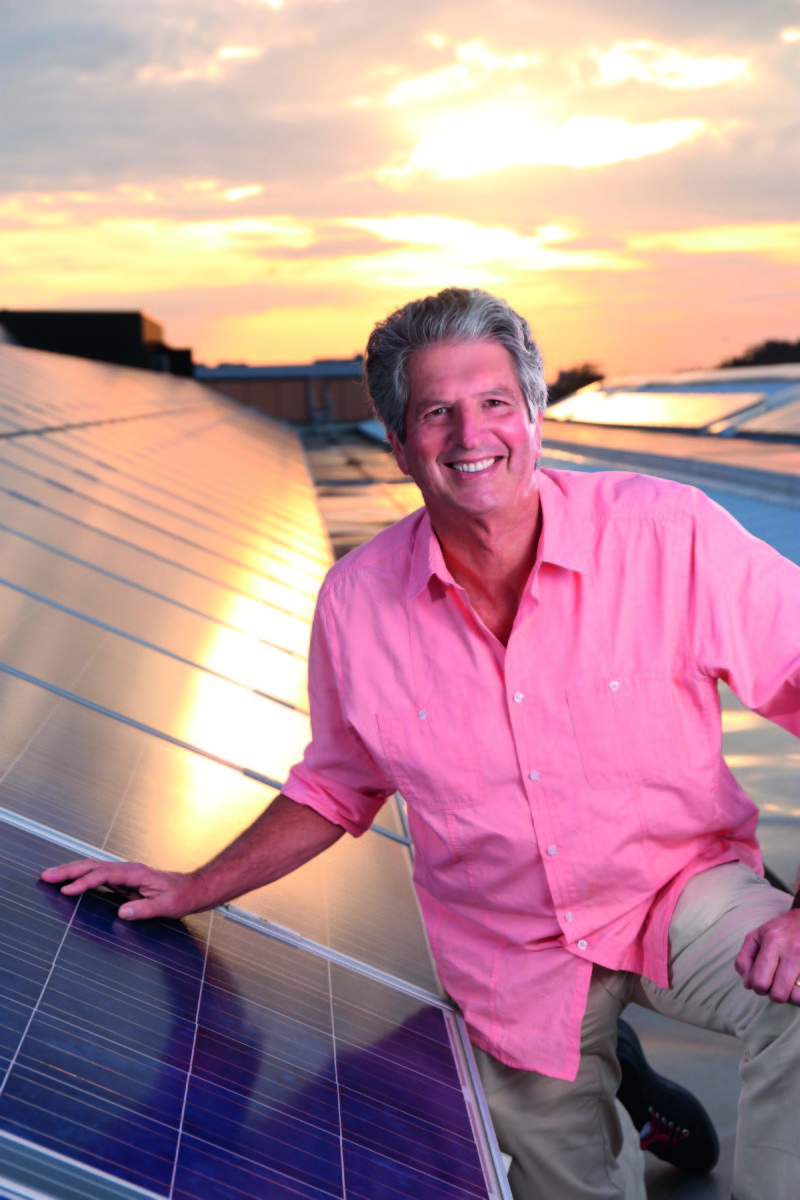While familiar to many in the PV industry, UNSW’s Martin Green pioneering work in developing crystalline silicon solar has now gained global recognition in the energy sector – after being awarded Russia’s Global Energy Prize.
Green’s role has also gained national recognition within Australia, with Prime Minister Malcom Turnbull calling the researcher to congratulate him on the achievement.
Green, the Director of the UNSW’s Australian Centre for Advanced Photovoltaics was awarded the Global Energy Prize last week. He was selected by a committee of peers ahead of 44 contenders from 14 countries.
Green shares the 2018 prize Russian thermal power researcher Sergey Alekseenko.
Alongside the Prime Minister, the Smart Energy Council, the Australian Renewable Energy Agency, and the Commonwealth Energy Minister Josh Frydenburg all publically congratulated Green on the achievement.
Much has been made that the solar researcher was selected ahead of entrepreneur and Tesla founder Elon Musk.
“Given the quality of the candidates on the shortlist, receiving this prize is a great honour, and will spur on our efforts,” said Green in a statement. “I look forward to the presentation in Russia in October.
Popular content
“We need to maintain the pace of research in Australia, not only to keep our international lead, but also to benefit society by providing a cheap, low carbon source of electricity.”
Green has long been credited as being the creator of the Passivated Emitter Rear Contact (PERC) solar cell, which continues to be adopted as a mainstream technology by manufacturers in 2018. Additionally, he has also spearheaded work into perovskites, selective emitter technology, and is now leading research into whole new areas of semiconductor material, for silicon-tandem cells that could potentially push efficiencies up to 30% and beyond.
“The efficiency of solar modules is an area whose progress has been faster than many experts expected, and this is good news,” said Green.
The news comes after a tumultuous six months for the UNSW solar team, after the sudden death of leading researcher Stuart Wenham – who was leading its work on advanced hydrogenation technology.
In December, UNSW was awarded $16.43 million in ARENA grants for 11 projects, with its partner in the Australian Centre for Advanced Photovoltaics, the Australian National University, picking up a further $7.89 million.
Martin Green and fellow UNSW scientists were prominent at the recent SNEC trade show and conference in China, both progressing their work with industry partners on the advanced hydrogenation process, but also in collaborations ranging across PV cell production including Atomic Layer Deposition processes for PERC cell production.
This content is protected by copyright and may not be reused. If you want to cooperate with us and would like to reuse some of our content, please contact: editors@pv-magazine.com.



3 comments
By submitting this form you agree to pv magazine using your data for the purposes of publishing your comment.
Your personal data will only be disclosed or otherwise transmitted to third parties for the purposes of spam filtering or if this is necessary for technical maintenance of the website. Any other transfer to third parties will not take place unless this is justified on the basis of applicable data protection regulations or if pv magazine is legally obliged to do so.
You may revoke this consent at any time with effect for the future, in which case your personal data will be deleted immediately. Otherwise, your data will be deleted if pv magazine has processed your request or the purpose of data storage is fulfilled.
Further information on data privacy can be found in our Data Protection Policy.